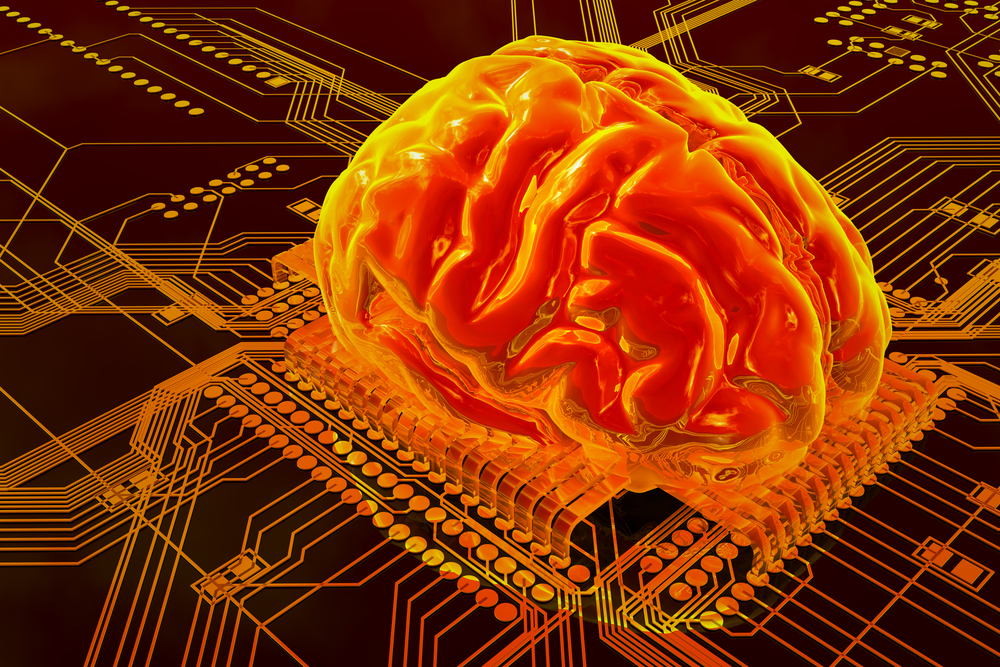How to Build a Human Brain

Henry Markram plans to build a brain from scratch. A neuroscientist at the Swiss Federal Institute of Technology, he believes the only way to truly understand how human brains work — and why they often don't — is to create one, then subject it to a barrage of experiments.
Markram has established the Human Brain Project to do just that. The effort aims to integrate the hundreds of thousands of pieces of the brain puzzle that have been discovered by neuroscientists over the past few decades, from the structures of ion channels to the mechanisms of conscious decision-making, into a single supercomputer model: a virtual brain.
If the plan works, then the resulting model will be capable of learning and will gradually develop complex cognitive abilities, much like a living human. More importantly, its programmed structure, the brain code developed by the Human Brain Project, will become available for all the world's neuroscientists to do with as they please, whether that's subjecting it to virtual X-ray experiments, flooding it with the programmable equivalents of new experimental drugs, or disrupting its processes at any level and observing the effects.
The plan is controversial; some scientists think it simply won't work, while others predict a virtual brain will be just as mysterious and difficult to work with as a real one. Nonetheless, the Human Brain Project has been selected as a finalist for the European Union's two new Flagship initiatives — grants worth 1 billion Euros ($1.3 billion) apiece.
If they win the funding, what will Markram and his team actually do? How does one build a human brain?
"We already have prototype systems in place, ready to expand, refine and perfect," Markram told Life's Little Mysteries. He says the process can be broken down into seven key steps. [5 Questions for the Man Who Plans to Build a Brain]
Brain mechanics
Sign up for the Live Science daily newsletter now
Get the world’s most fascinating discoveries delivered straight to your inbox.
First the scientists must decide on the volume of brain tissue to construct, and, second, they must distribute mathematical models of neurons throughout this volume in a manner consistent with experimental data from real human brains.
Next, they'll connect the model neurons to each other via virtual synapses — signal-carrying pathways. As for signal speeds, even an exa-scale supercomputer, which can perform 1 billion billion calculations per second, will fall short of the simultaneous processing capabilities of actual human brains, and so the model brain will always complete tasks and generate thoughts in slow motion (relative to us). [Top 10 Mysteries of the Mind]
The fourth step in brain-building is to fire the system up. The scientists will functionalize the model neurons and synapses, as well as the glial cells (non-neuronal brain cells) and blood flow, by computer-programming these components' processes. To get the behavior of these parts as close to their real-brain analogs as possible, "we mine all existing data in the literature and in databases … organize the results and analyze it for patterns and its value in helping to specify models more and more biologically accurately," Markram said. Where the function of a certain brain part is not yet known to science, the team scientists either will collaborate with other neuroscientists to find what it is, or will insert placeholders into their programs and fill in the gaps when they can.
Next, the team will run experiments on its model to validate that the cell and synapse types and densities all match experimental data. "The models serve to integrate biological data systematically, and therefore they can only get more and more biologically accurate with time as they take more and more biological data into account — like a sponge," Markram said. [Could a 'Robocopalypse' Wipe Out Humans?]
Virtual reality
Unless it's capable of interacting with an outside world, a simulated brain is just the virtual equivalent of an organ floating in formaldehyde. Thus, Markram said the sixth step of the Human Brain Project is to connect the brain to a virtual environment and run training protocols so that the model brain can learn and, in so doing, develop complex cognitive capabilities.
"When one builds a model like this, it still has to be taught to sense, act and make decisions. That is a slow process and will need extremely powerful supercomputers," he said.
Because the scientists will build an adult brain, it won't have to undergo the neuron- and synapse-building processes that occur in childhood, but they still have to teach their brain about reality in order for it to generate meaningful thoughts. The brain will learn via interactions with "virtual agents behaving in virtual worlds," Markram said.
And lastly, the scientists will design and perform experiments on the brain, hoping to investigate everything from the neural roots of human behavior to the effects of new drugs on the brain to the cause of any of the 560 crippling diseases that afflict the human mind.
Follow Natalie Wolchover on Twitter @nattyover. Follow Life's Little Mysteries on Twitter @llmysteries, then join us on Facebook.
Natalie Wolchover was a staff writer for Live Science from 2010 to 2012 and is currently a senior physics writer and editor for Quanta Magazine. She holds a bachelor's degree in physics from Tufts University and has studied physics at the University of California, Berkeley. Along with the staff of Quanta, Wolchover won the 2022 Pulitzer Prize for explanatory writing for her work on the building of the James Webb Space Telescope. Her work has also appeared in the The Best American Science and Nature Writing and The Best Writing on Mathematics, Nature, The New Yorker and Popular Science. She was the 2016 winner of the Evert Clark/Seth Payne Award, an annual prize for young science journalists, as well as the winner of the 2017 Science Communication Award for the American Institute of Physics.










